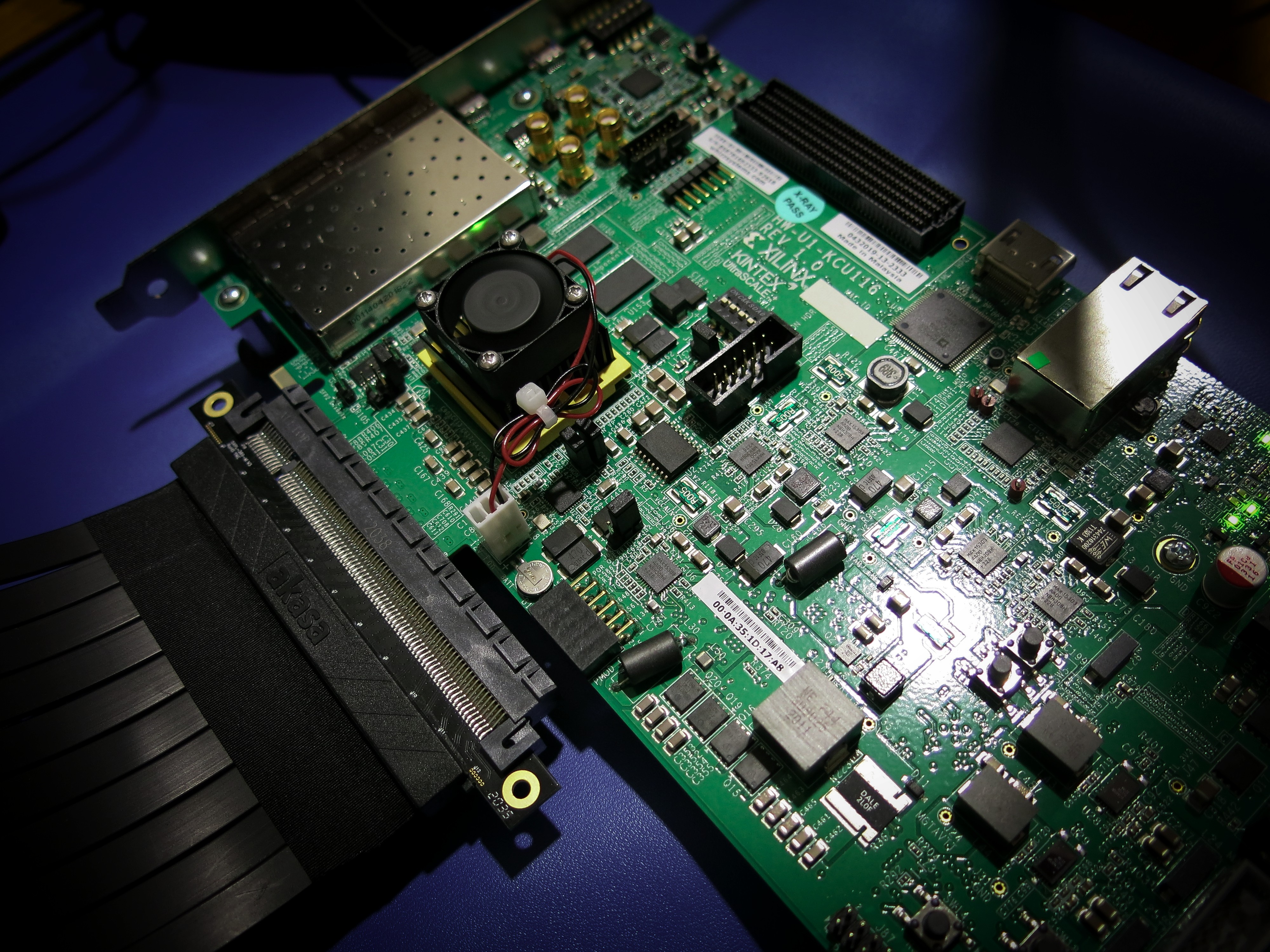 HDMI 1080p Video with KCU116 In order to showcase some of my self-developed IPs dedicated for video processing, I had to choose a proper development platform, that would allow me to quickly prototype and present results (IE reduce time to market). Because the only...
HDMI 1080p Video with KCU116 In order to showcase some of my self-developed IPs dedicated for video processing, I had to choose a proper development platform, that would allow me to quickly prototype and present results (IE reduce time to market). Because the only...
 GO / RUST / CPP – Julia If you have reached this post, perhaps you have been also wondering what are the benefits and drawbacks of the mentioned languages and which one to choose for your project or career. I have decided to create this post specifically to...
GO / RUST / CPP – Julia If you have reached this post, perhaps you have been also wondering what are the benefits and drawbacks of the mentioned languages and which one to choose for your project or career. I have decided to create this post specifically to...
 CUDA – MCC for Fingerprint Minutia Pairing When I was literally thrown into biometrics, I had no idea how a fingerprint matching works. Unfortunately for me, the colleagues who were supposed to know that and even share that information with us didn’t know it...
CUDA – MCC for Fingerprint Minutia Pairing When I was literally thrown into biometrics, I had no idea how a fingerprint matching works. Unfortunately for me, the colleagues who were supposed to know that and even share that information with us didn’t know it...
 QSPI Flash Simulation As the title of the post suggests, my intention was to originally write about QSPI (Quad SPI) only, but I would not have likely written about it when everything worked as intended, but as we already know, things are never that simple and the...
QSPI Flash Simulation As the title of the post suggests, my intention was to originally write about QSPI (Quad SPI) only, but I would not have likely written about it when everything worked as intended, but as we already know, things are never that simple and the...
 The most basic setup of simulating/using PCIe on Xilinx FPGA / SoC devices is having a single endpoint (EP) and a single Root Complex (RC). One may accomplish this by instantiating only the base Hard IP Wrappers (Consisting of Physical Layer, Data Link Layer and...
The most basic setup of simulating/using PCIe on Xilinx FPGA / SoC devices is having a single endpoint (EP) and a single Root Complex (RC). One may accomplish this by instantiating only the base Hard IP Wrappers (Consisting of Physical Layer, Data Link Layer and...






